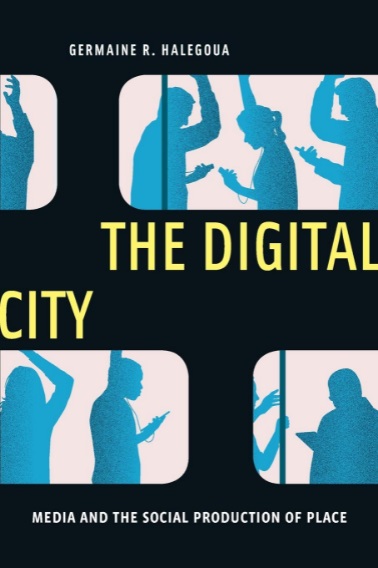

Most ebook files are in PDF format, so you can easily read them using various software such as Foxit Reader or directly on the Google Chrome browser.
Some ebook files are released by publishers in other formats such as .awz, .mobi, .epub, .fb2, etc. You may need to install specific software to read these formats on mobile/PC, such as Calibre.
Please read the tutorial at this link. https://ebooknice.com/page/post?id=faq
We offer FREE conversion to the popular formats you request; however, this may take some time. Therefore, right after payment, please email us, and we will try to provide the service as quickly as possible.
For some exceptional file formats or broken links (if any), please refrain from opening any disputes. Instead, email us first, and we will try to assist within a maximum of 6 hours.
EbookNice Team

Status:
Available4.8
10 reviewsShows how digital media connects people to their lived environments
Every day, millions of people turn to small handheld screens to search for their destinations and to seek recommendations for places to visit. They may share texts or images of themselves and these places en route or after their journey is complete. We don’t consciously reflect on these activities and probably don’t associate these practices with constructing a sense of place. Critics have argued that digital media alienates users from space and place, but this book argues that the exact opposite is true: that we habitually use digital technologies to re-embed ourselves within urban environments.
The Digital City advocates for the need to rethink our everyday interactions with digital infrastructures, navigation technologies, and social media as we move through the world. Drawing on five case studies from global and mid-sized cities to illustrate the concept of “re-placeing,” Germaine R. Halegoua shows how different populations employ urban broadband networks, social and locative media platforms, digital navigation, smart cities, and creative placemaking initiatives to turn urban spaces into places with deep meanings and emotional attachments. Through timely narratives of everyday urban life, Halegoua argues that people use digital media to create a unique sense of place within rapidly changing urban environments and that a sense of place is integral to understanding contemporary relationships with digital media.